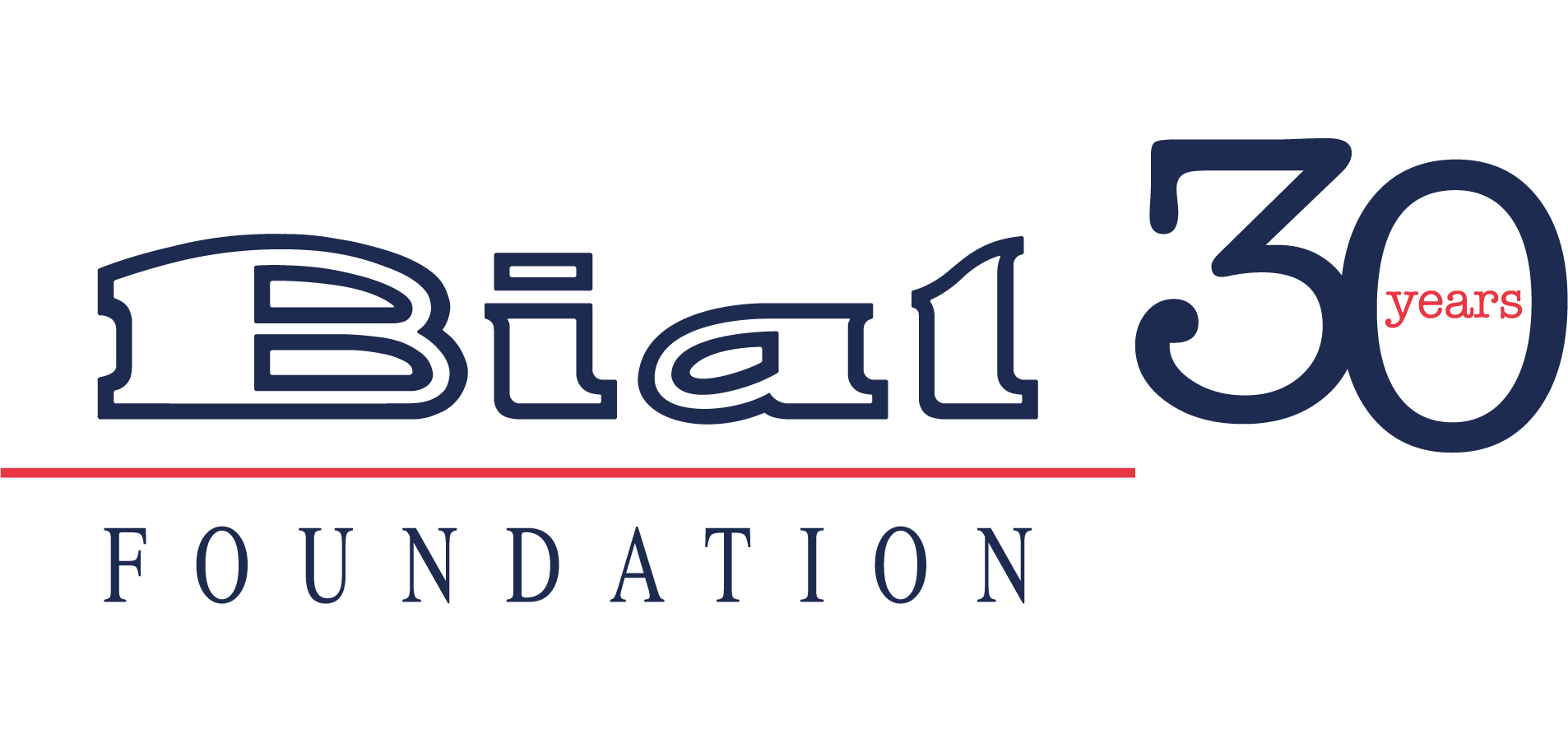Stéphanie Rossit, supported by the BIAL Foundation in the scope of project 184/14 – Decoding neural representations of human tool use from fMRI response patterns, identified the neural representations of how humans typically use tools. Furthermore, the study demonstrated that these representations occur even when the performance of the task does not require semantic processing. The paper “The role of the anterior temporal cortex in action: Evidence from fMRI multivariate searchlight analysis during real object grasping” featuring these results was published in the journal Scientific Reports.
Abstract
“Intelligent manipulation of handheld tools marks a major discontinuity between humans and our closest ancestors. Here we identified neural representations about how tools are typically manipulated within left anterior temporal cortex, by shifting a searchlight classifier through whole-brain real action fMRI data when participants grasped 3D-printed tools in ways considered typical for use (i.e., by their handle). These neural representations were automatically evocated as task performance did not require semantic processing. In fact, findings from a behavioural motion-capture experiment confirmed that actions with tools (relative to non-tool) incurred additional processing costs, as would be suspected if semantic areas are being automatically engaged. These results substantiate theories of semantic cognition that claim the anterior temporal cortex combines sensorimotor and semantic content for advanced behaviours like tool manipulation.”



































































